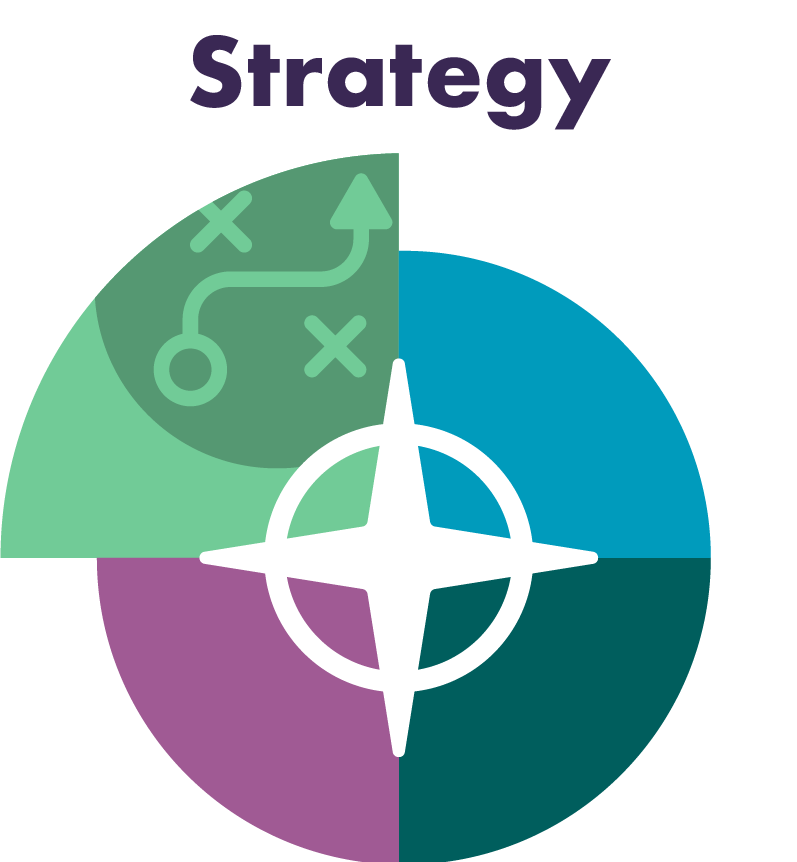Many businesses are subject to external assessment against food industry recognised operation standards such as Safe and Local Supplier Approval (SALSA) and Brand Reputation Compliance Global Standard (BRCGS), or perhaps retailer standards if supplying retailers with own brand products.
With the establishment of best practices and operating standards (procedures), documented processes, and integrated information systems, comes the means to confirm all is working according to plan. A business, if not subject to external assessment, can choose how to challenge itself by both internal audits and by externally recognised accreditation standards.
These can be used to incorporate challenges in areas specific to the control and management of food crime risk in areas such as procurement practices, supply chain processes, inbound material checks, internal material segregation, recipe management, and any other process identified as critical to food crime risk.


